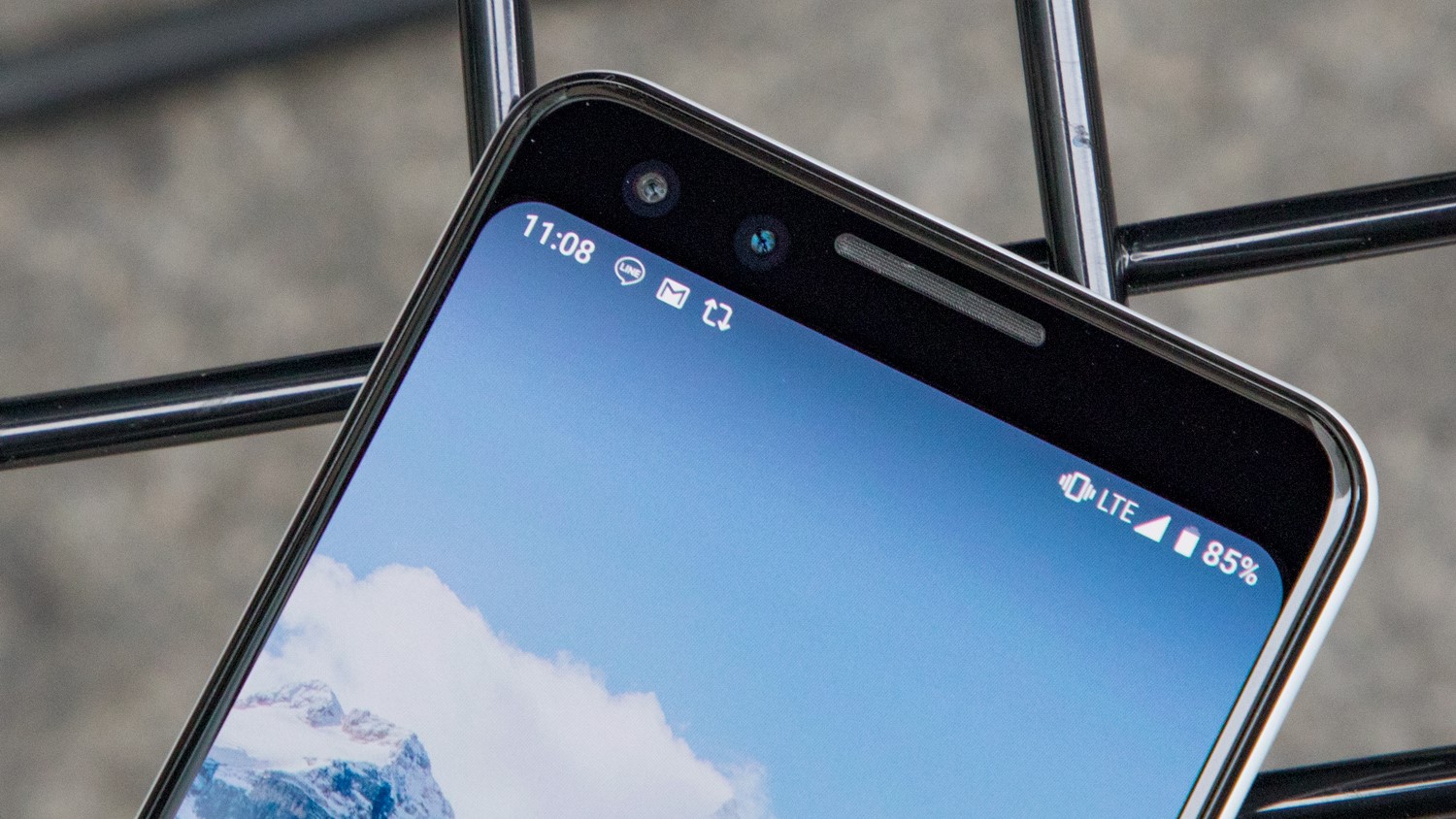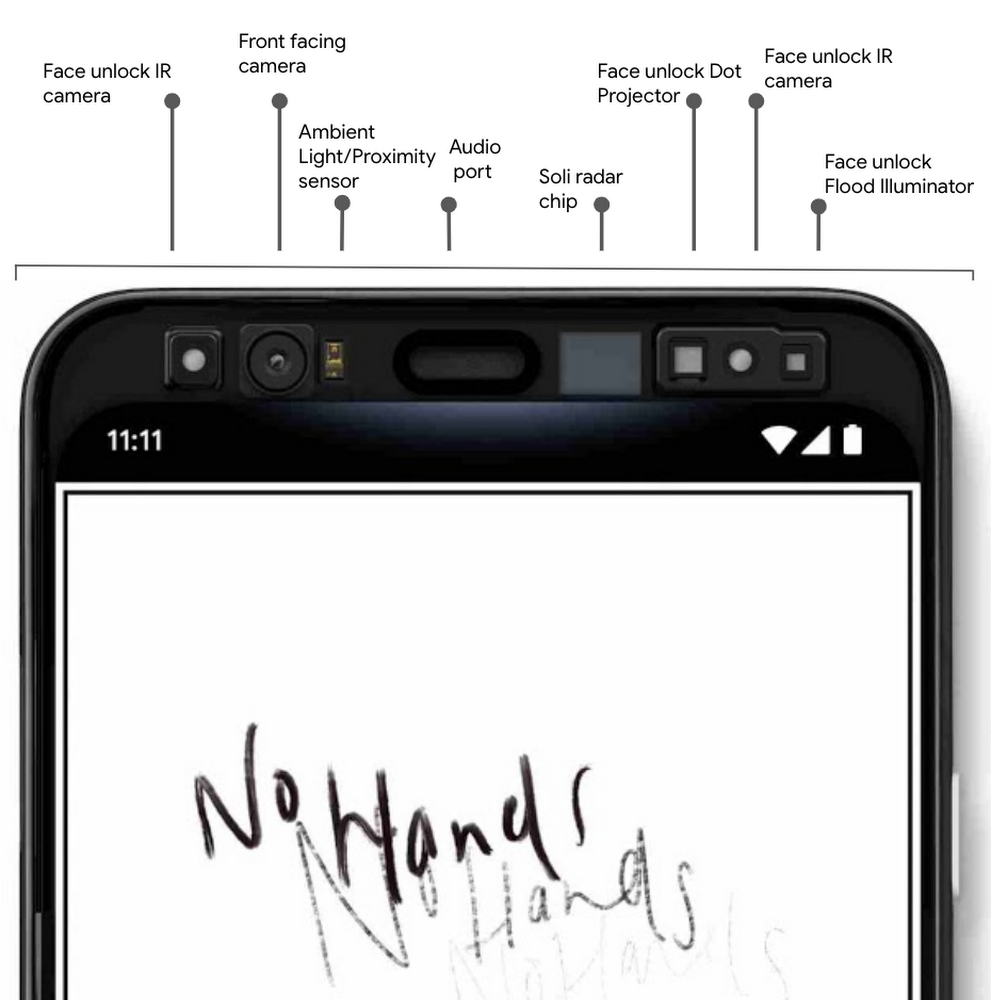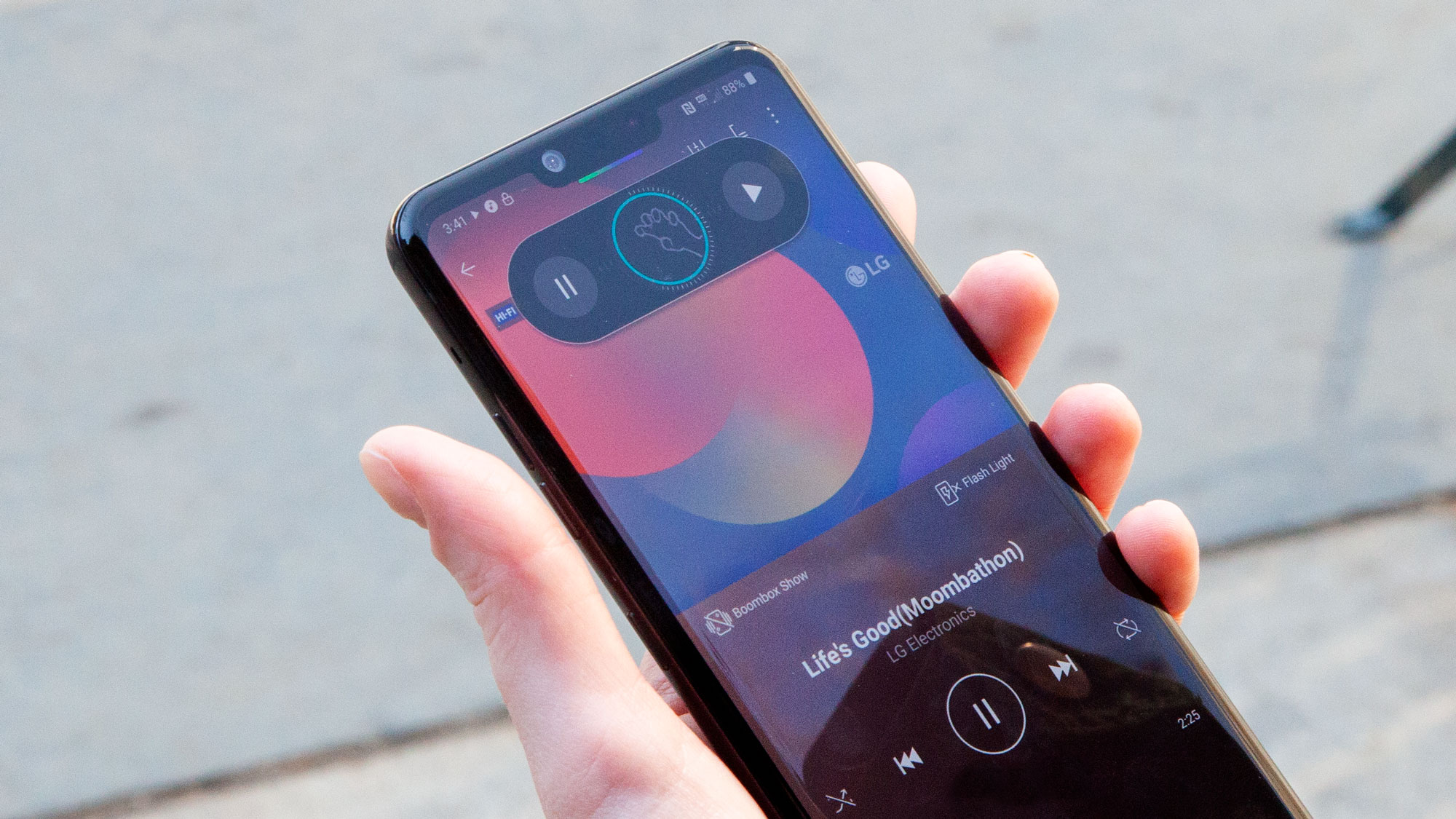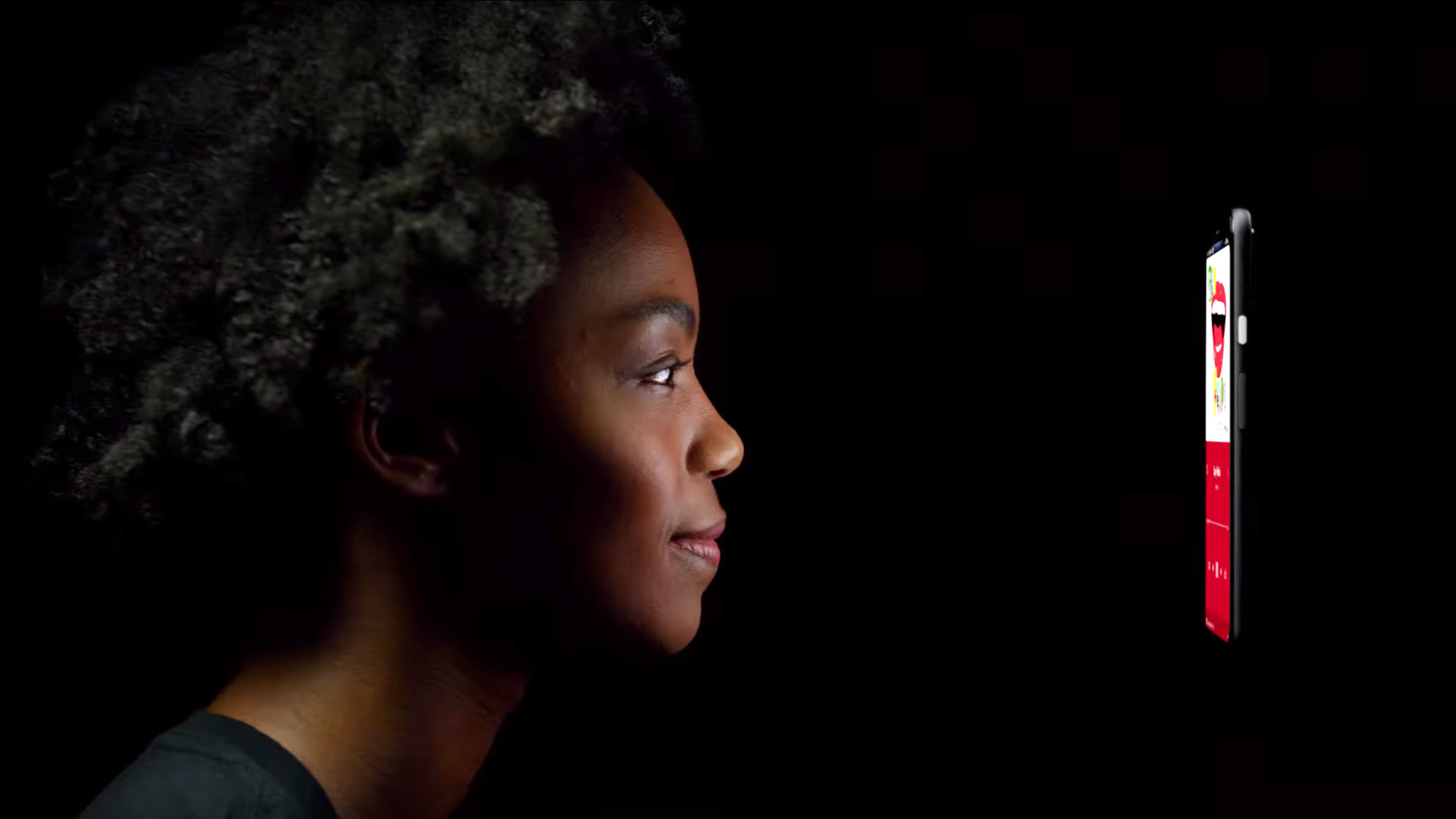The Pixel 4’s Air Gestures Could Change Everything: Here’s Why
This should be on your radar
As the satisfied owner of a Pixel 3, I appreciate those little helpful features that Google executes so well — like Call Screen and Night Sight — that make my life easier. But I’d be lying if I said Mountain View’s last batch of premium phones didn’t feel a little behind the curve, especially next to what the competition has been pulling off lately.
Google's upcoming Pixel 4, which arrives this fall, aims to change that.

With the Pixel 3, Google had no answer to Apple’s breakthrough facial recognition technology in the iPhone X, or that device’s trend-setting, full-screen design. A few months after the Pixel 3, Samsung brought in-display ultrasonic fingerprint sensing and reverse wireless charging to the Galaxy S10 family, and OnePlus stunned us with the 7 Pro’s tantalizingly-smooth 90Hz panel. The Pixel 3, with its oft-derided bezels, small-ish battery and antiquated rear-mounted scanner, couldn’t help but underwhelm by comparison.
But things look to be different for the Pixel 4. Google has already announced its next flagships will include both 3D facial identification and dual cameras on the rear — two innovations the search giant-turned phone maker has been late to the party in adopting. But the device’s most groundbreaking feature could very well be its radar-based air gesture recognition. Google calls the new capability Motion Sense, though up until this week, we’ve only known it as Project Soli.
Other phone makers — from LG to Samsung — have attempted touchless gesture control in the past, with generally poor results. Unlike Google, though, none of those companies thought to embed radar to pull that capability off. If done right, Motion Sense won’t merely offer a whole new way to use your phone; it could begin to revolutionize how we interact with all kinds of devices.

What we know about Soli and Motion Sense
The hardware that enables Motion Sense will live just to the right of the Pixel 4’s earpiece and front speaker, within the top bezel of the phone. This is where the Soli radar chip, as Google is calling it, is located. That sensor, in conjunction with “unique algorithms,” allows the Pixel 4 to read small motions in the area immediately surrounding it.
According to Google, Pixel 4 users will be able to wave their hands to control media, alarms and phone calls. Down the line, the company says Motion Sense will be applied to more use cases, especially as it refines Soli’s hardware and software in the future.
MORE: Pixel 4 Rumors: Everything We Know About Google's Next Phone
For the moment, that’s the bulk of what we officially know about Motion Sense and Soli technology. Google addressed concerns surrounding privacy in its blog post about the feature, saying all the data Soli records is processed locally on the device, does not leave the phone and is not visible to the company’s range of services.
Although it falls outside the range of Motion Sense gestures, the Soli sensor will also be used to assist in facial recognition for unlocking the Pixel 4. According to Google, Soli can detect you reaching for your phone before you pick it up. With this advance notice, the Pixel 4 can fire up the Face Unlock stack — the infrared camera, flood illuminator and dot projector — in advance of you looking at it, theoretically reducing the time it would otherwise take to authenticate your face.
Speedy facial recognition will be especially important for the Pixel 4, as the device apparently won’t incorporate a fingerprint sensor of any kind as a fall back.

How Soli can make the Pixel 4 different
Those who follow the comings and goings of the smartphone industry may recall that the LG G8 ThinQ also recently released with air gesture capabilities. Rather than utilizing radar, as Google has, LG employed a time-of-flight camera, called the Z Camera, to read motion in front of the device.
Time-of-flight cameras have become more common in high-end smartphones recently due to their spatial sensitivity, which is key for an accurate perception of depth when shooting bokeh-effect portraits, for example. They’re less popular for short-range gesture recognition, and the G8 ThinQ demonstrates why.
My colleague Caitlin McGarry reviewed LG’s device, and her experience was fraught with frustration as she consistently struggled to get the Z Camera to notice the presence of her hand hovering above. Whether she was turning an imaginary knob to manipulate the volume of a playing song, or trying to unlock the G8 using LG’s strange Hand ID feature, the gesture interface proved awkward, clunky and unreliable. Ambitious, yes, but not totally ready for the public yet; a gimmick in the purest sense of the word.
Still, I imagine what would have been possible if the G8 could actually read hand gestures on a consistent basis. There are all sorts of scenarios where you might need to use your phone, but can’t touch it for one reason or another. For me, it’s when I’m cooking and my hands are dirty, and I need to either wake my device to sneak a quick peek at a recipe, or pause music or podcasts. (I suppose I could use voice in the latter situation, though saying “Ok Google, pause” takes far longer than I’d like.)
Soli has been years in the making. If it works as well as Google advertises, it could be the solution I — and I’m willing to bet a lot of other people — have been searching for. Some will assuredly dismiss the Pixel 4’s marquee feature as a gimmick, though detractors said the same about Siri when Apple introduced its voice assistant eight years ago. Speaking of which, if Soli helps make Face Unlock near instantaneous on the Pixel 4, Google will have upstaged the iPhone maker at its own game.

Outlook
Of course, the all-important caveat right now is whether or not Soli and Motion Sense are ready for primetime. That is something we won’t be able to evaluate until we have the Pixel 4 in our hands — though I can’t wait to give it a try.
Honestly, it’s not Soli’s potential that has me particularly excited right now. There have been loads of interaction ideas that were good in theory — think 3D Touch — yet failed in terms of public adoption for one reason or another. It’s excellent to see Google finally laying claim to an innovative feature that’s all the Pixel’s own, but Motion Sense could very well be similarly dismissed.
Still, even if air gestures don’t catch on for smartphones, they’ll certainly be useful for other applications. Much like voice control, they open up a whole new venue for us to interact with devices we use every day. Whether Soli finds its destiny in augmented reality, self-driving cars or shortcuts for navigating your phone quicker, it’s probably going to matter one day. And the Pixel 4 might offer our first peek at that future.
Sign up to get the BEST of Tom's Guide direct to your inbox.
Get instant access to breaking news, the hottest reviews, great deals and helpful tips.
Adam Ismail is a staff writer at Jalopnik and previously worked on Tom's Guide covering smartphones, car tech and gaming. His love for all things mobile began with the original Motorola Droid; since then he’s owned a variety of Android and iOS-powered handsets, refusing to stay loyal to one platform. His work has also appeared on Digital Trends and GTPlanet. When he’s not fiddling with the latest devices, he’s at an indie pop show, recording a podcast or playing Sega Dreamcast.
